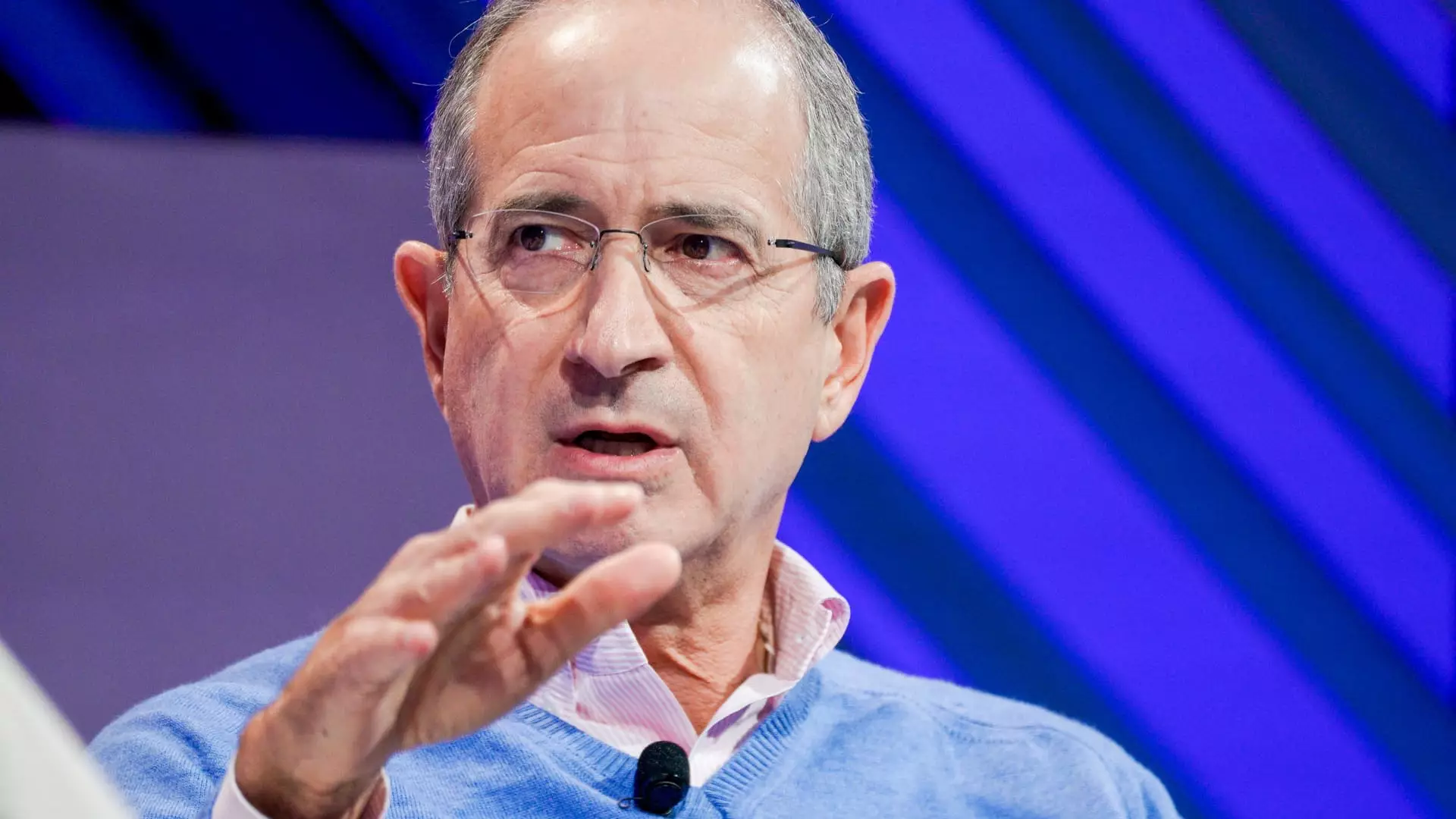In a bold move reflecting the shifting dynamics of media consumption, Comcast is contemplating the separation of its cable networks business. During a recent earnings call, President Mike Cavanagh highlighted this strategic exploration, which aims to capitalize on the changing preferences of viewers who are increasingly migrating away from traditional pay-TV models in favor of streaming services. This pivotal decision underscores the pervasive trend affecting the entire industry: millions of households are ditching cable subscriptions, leading to what’s being described as a significant cultural and economic shift.
Comcast’s considerations about spinning off its cable networks, which include well-known entities like Bravo, E!, and MSNBC, suggest a recognition of the challenges ahead. Notably, NBC and the streaming service Peacock will remain under Comcast’s umbrella. This distinction indicates a potential strategy to align resources and focus on the effective management of the most lucrative and relevant components of their media portfolio.
The urgency behind Comcast’s exploration stems from alarming statistics regarding subscriber losses. In the past quarter alone, the company reported a loss of 365,000 cable customers, aligning with a broader pattern observed across the industry. A staggering 4 million former customers of traditional pay-TV platforms left in the first half of the year, underlining a crisis within the cable sector. Analysts predict that this transition marks a transformative phase in audience engagement, forcing cable companies to reconsider business models that once thrived.
Industry peers like Warner Bros. Discovery are facing similar challenges. Their recent $9.1 billion write-down reflects a significant reevaluation of their cable assets’ value amidst the ongoing subscriber exodus. This reality emphasizes the high stakes for companies such as Comcast, which must navigate this turbulent landscape effectively to safeguard their revenue streams.
The integration of streaming services into Comcast’s evolving business model provides a glimmer of hope amid the deteriorating pay-TV landscape. Peacock, Comcast’s streaming service, gained considerable momentum after broadcasting the Summer Olympics, highlighting the potential to leverage live events to attract new subscribers. Such strategic initiatives could reverse the trend of declining cable viewership by appealing to audiences through engaging content that resonates with modern consumer behaviors.
Cavanagh’s comments about keeping an open mind toward streaming partnerships further insinuate a proactive approach in an era where traditional structures are giving way to innovative delivery methods. However, the complexities of such deals necessitate a measured approach, hinting that the path forward will be neither straightforward nor without challenges.
As Comcast navigates these turbulent waters, its contemplation of separating its cable networks indicates a critical juncture in its operational strategy. The media landscape is evolving at an unprecedented pace, and decision-makers at Comcast are tasked with not only adapting to these changes but also capitalizing on the growth opportunities presented by streaming. Embracing this shift could allow Comcast to realign its focus and emerge as a resilient player in the more diversified and competitive media ecosystem. In essence, this potential separation could pave the way for Comcast to redefine its identity and solidify its standing in a rapidly changing industry.

